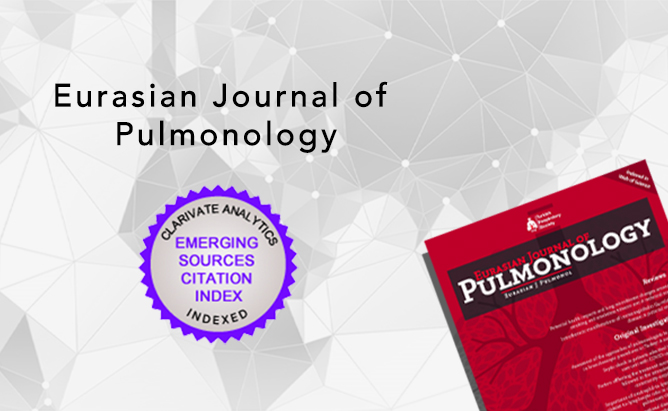2University of Altınbaş, Medical Park Hospital, Istanbul, Turkey
3University of Health Science, Recep Tayyip Erdoğan University, School of Medicine, Rize, Turkey
4Department of Chest Diseases, University of Health Science, Gulhane Training and Research Hospital, Ankara, Turkey
Abstract
BACKGROUND AND AIM: Red blood cell distribution width (RDW) elevation occurs in various inflammatory/infectious conditions. RDW levels during monitoring have not been investigated prospectively in community-acquired pneumonia (CAP). In CAP, the relationship between antibiotherapy response and RDW levels is unclear.
MATERIALS AND METHODS: This prospective cohort study included a total of 65 CAP patients. Total complete blood cell (including RDW) count, blood biochemistry analysis, and arterial blood gas tests were performed on admission. RDW was also performed on the 7th day.
RESULTS: Total mean RDW level was 16.2% ± 1.9% in the study population. The level was 17.7% ± 2.1% in nonsurviving CAP patients and 15.9% ± 1.8% in surviving CAP patients (P = 0.01). Pretreatment RDW levels were 16.2% ± 1.9% as compared to 15.3% ± 2.2% on the 7th day (P = 0.002). An RDW cutoff >16.5% predicted 30-day mortality with 78% sensitivity and 70% specificity. The risk of 30-day mortality was 9-fold higher in patients with elevated RDW as assessed by multivariate logistic regression analysis for CAP.
CONCLUSION: RDW can be used as an important parameter in assessing response to antibiotherapy. We also speculate that high RDW is a poor prognostic marker for CAP.




 Halit Çınarka1
Halit Çınarka1 




